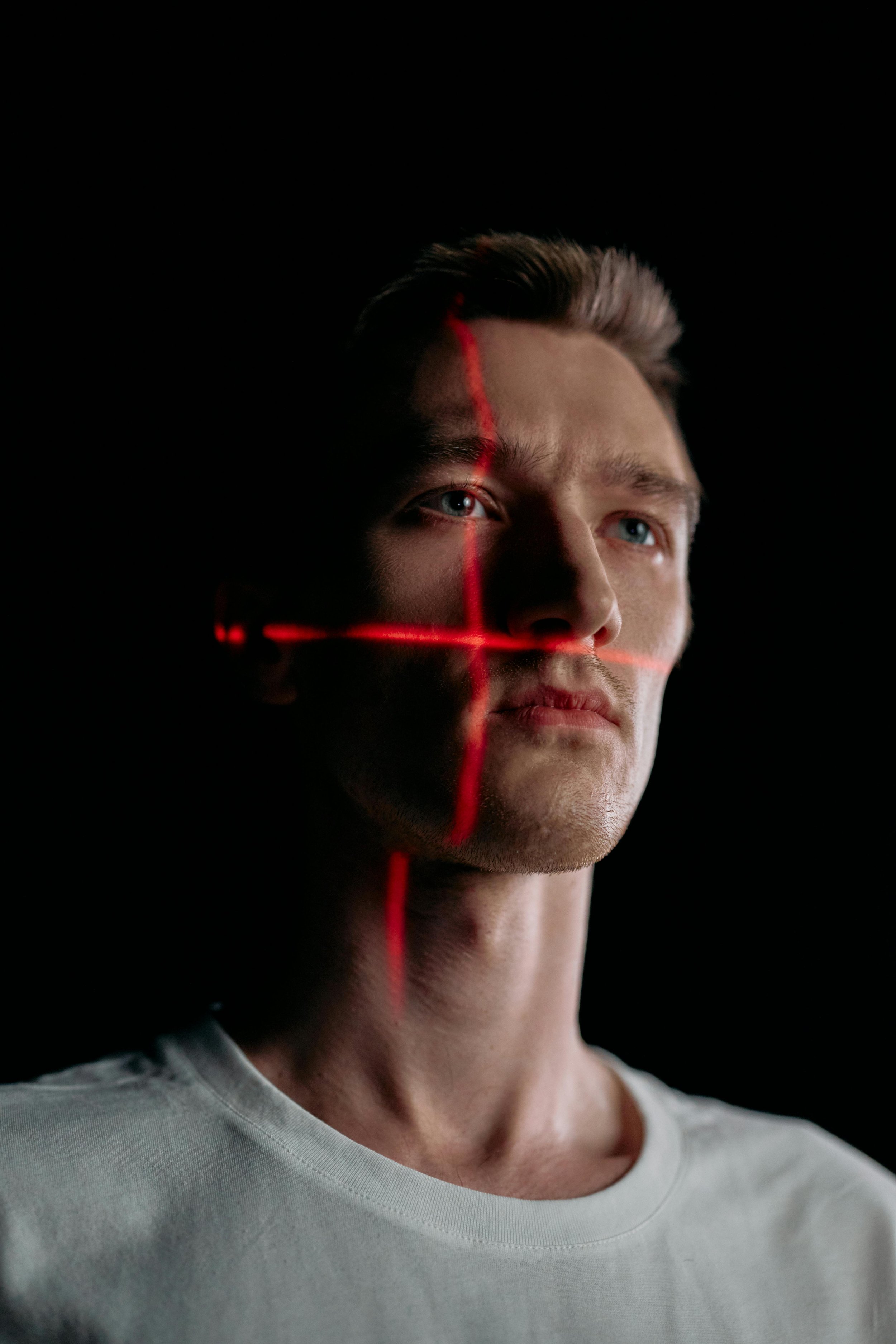What Should You Do Before And After Laser Skin Resurfacing To Maximize Your Results?
For anyone looking for an effective way to reverse the effects of aging on the skin, providers will often recommend laser skin resurfacing. Arizona’s Ironwood Dermatology team explains that this energy-based treatment can make a person look years younger and create a healthier, more attractive appearance.
As we go through life, the effects of aging, the environment, and our own lifestyle choices take a toll on our skin’s appearance. Sometimes the skin can look lackluster, and no amount of topical products are enough to effectively restore a healthy glow. Laser skin resurfacing is a facial rejuvenation treatment designed to correct minor flaws that at-home treatments can’t touch. The light-based strategy is highly effective for reducing wrinkles, scars, and blemishes.
Lasers can minimize fine lines and wrinkles on or around the forehead, eyes, and mouth, as well as scars that have developed due to acne or chickenpox, non-responsive skin after a facelift, aged or sun-damaged skin, liver spots, yellowing or grayish skin tones, warts, birthmarks, enlarged oil glands on the nose, and more. The treatment devices send short, concentrated beams of light into imperfections in the skin. By heating the underlying layer, laser skin resurfacing promotes the growth of new collagen fibers. Since it takes a targeted approach, it’s less likely for hypopigmentation or lightening of the skin to occur.
Thanks to modern advances in technology, providers now have a high level of control over the treatments, which are more precise than ever before—especially for thinner, more delicate areas. Although laser skin resurfacing procedures are non-surgical, patients will still need to take steps to prepare for their sessions—and it’s also important to learn about aftercare.
In most cases, laser skin resurfacing treatments will require patients to avoid sun exposure before and after their skin is treated because the focused light makes their skin more sensitive and susceptible to damage from UV rays.
Your skin may react in several different ways after being treated with laser skin resurfacing but most of the time, the after-effects will feel like a mild sunburn. It’s common to experience some redness, swelling, itching, and stinging for a few days following a treatment. Your skin might also be dry and start peeling for a few days. Here are more details about what you can expect before and after a laser procedure:
Preparation for Laser Skin Resurfacing
Discuss Your Medical History
Prior to laser skin resurfacing, you’ll have to answer questions about any medical conditions you have or about any medications you are taking or have recently taken. You may also need to talk about any cosmetic procedures you have had and how your skin responds to sun exposure.
Have Your Skin Examined
Your provider will assess your skin, including the area to be targeted with laser skin resurfacing. Knowing the tone and thickness of your skin will help your provider to better predict what kind of results you may achieve from laser skin treatments.
Limit Sun Exposure
As mentioned before, laser treatments make your skin more sensitive to sunlight. Excess sun exposure during the first two months after laser skin resurfacing can cause permanent irregular pigmentation to develop in certain areas.
Aftercare for Laser Skin Resurfacing
You can take pain relievers and use ice packs to reduce any discomfort caused by the procedure. If a crust forms on certain areas, you should avoid picking or scratching at it, since disturbing the healing process can make scarring more likely. You will also need to apply ointment to your skin to prevent scarring and clean the laser-treated areas for up to five times a day after the first 24 hours have passed. Apply a moisturizer and a sunscreen with an SPF of at least 30 every day.
Want to learn more about laser skin resurfacing? Contact Ironwood Dermatology by calling 520.618.1630 or submitting a contact form to schedule a consultation.

